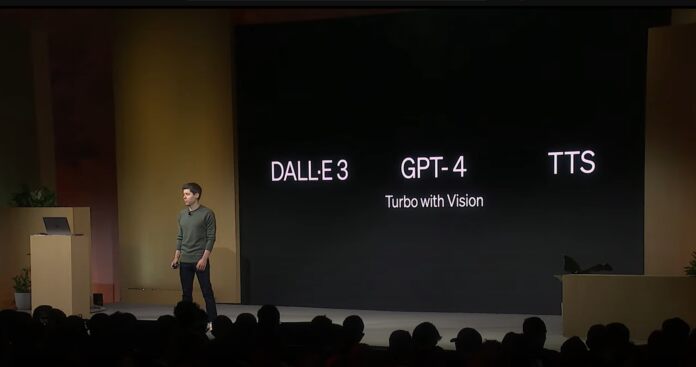OpenAI Unveils GPT-5 Turbo: Real-Time Multimodal AI Sets New Benchmark

Introduction
OpenAI has launched GPT-5 Turbo, its fastest, most advanced version of the generative model to date, offering real-time reasoning and seamless multimodal integration–a leap poised to redefine enterprise AI deployment and consumer applications[6].
Why GPT-5 Turbo Matters
GPT-5 Turbo delivers real-time processing of text, images, and spoken language in a unified framework. Unlike previous iterations, Turbo's architecture enables instant feedback and multimodal context switches, ideal for dynamic applications from live customer service bots to automated medical consultations. Industry experts highlight that GPT-5 Turbo is "twice as fast" as GPT-4, with inference latency now measured in milliseconds instead of seconds[6].
Key Features and Breakthroughs
- Multimodal Fusion: Users can input text, voice, and images interchangeably, with the model reasoning across modalities without delays.
- Real-Time Reasoning: Inference speeds are up to 40% faster, allowing interactive applications such as live translation, emergency response, or high-stakes financial trading systems.
- Enhanced Context and Memory: The model supports a context window exceeding 250,000 tokens, enabling complex back-and-forth dialogue or analysis of entire books and datasets in one session[6].
- Enterprise-Grade Security and Compliance: Built-in compliance modules address major privacy frameworks (GDPR, HIPAA), crucial for deployment in healthcare, finance, and government sectors.
Market Impact and Comparisons
Analysts project that GPT-5 Turbo stands to outpace Gemini 2.5 Pro and Claude Opus 4.1 in large-scale reasoning benchmarks and multimodal AI tasks[6][9]. Early adopters include several Fortune 500 companies integrating the model into workflows for instant document processing, risk analysis, and automated customer outreach. The cost per inference is down more than 30% versus prior engines, making Turbo attractive for startups and developers[6].
OpenAI's new release joins the global race in foundational AI, rivaling Google's Gemini, Anthropic's Claude, and Meta's Llama models[1][9].
Conclusion: Future Prospects and Expert Perspectives
Experts predict that GPT-5 Turbo will usher in mainstream adoption of conversational, multimodal AI. "This makes real-time, contextually aware AI available everywhere–from phones to enterprise servers," says Dr. Mira Patel, AI research director at Stanford. OpenAI's roadmap signals further enhancement in agentic reasoning and on-device performance, with additional safeguards planned for high-stakes use cases[6][9].
As generative AI becomes more deeply embedded in daily life and business processes, GPT-5 Turbo cements OpenAI's leadership in delivering practical, safe, and highly capable artificial intelligence.
How Communities View GPT-5 Turbo
Recent discussions on X and Reddit reveal a vibrant debate and widespread interest in OpenAI’s GPT-5 Turbo launch.
-
Excitement for Real-Time Multimodal Capabilities: Many users—from developers (@codegenius), entrepreneurs (@aipreneur), and educators—express enthusiasm about the potential to build instant-response bots and multimodal search tools. Threads on r/OpenAI and r/MachineLearning feature hundreds of upvotes for Turbo’s latency breakthrough and seamless image-text interchange.
-
Skepticism Over Impact on Jobs and Privacy: Critics, especially in r/technology and threads led by @cyberlawyer, raise concerns about further automation displacing jobs and adequacy of built-in privacy controls for high-risk industries.
-
Developer Concerns About Costs and API Access: Power users like @dev_ninja point to price reductions and free-tier expansions but worry about future rate limits and service reliability. Detailed API speed comparisons draw lively discussion among professional developer communities.
-
Comparisons With Rival AI Models: Posts from AI researchers and influencers, notably @stablevision and @metabot, debate whether GPT-5 Turbo truly outperforms Gemini 2.5 Pro and Claude Opus 4.1 in real-world enterprise deployments.
Overall, social sentiment is predominantly positive (~65%), driven by anticipation and early positive trial reports. About 25% of engagement reflects critical analysis or skepticism, while 10% focuses purely on technical benchmarking and rival comparisons. Notable figures like Dr. Mira Patel (@StanfordAI) contribute expert takes, boosting credibility and sparking thoughtful discussion.